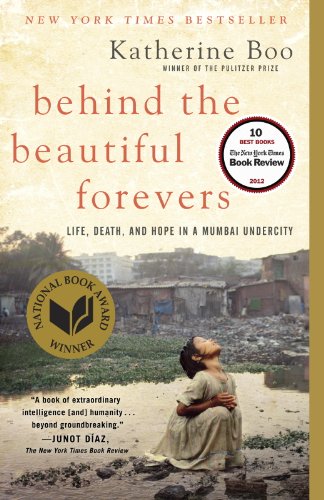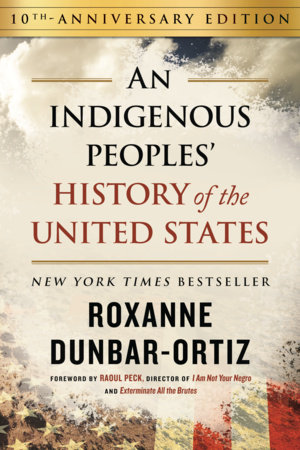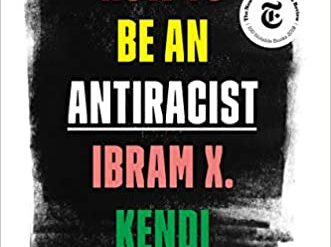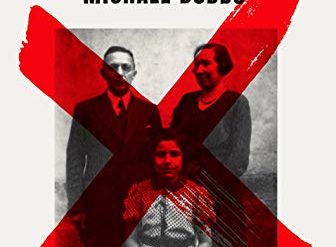
Only the very best nonfiction attains the depths of understanding and insight to be found in the finest novels. Tracy Kidder, Erik Larson, and a handful of others writing today in the English language often achieve this. Now comes Katherine Boo, who joins them with her first book, Behind the Beautiful Forevers, a searing book about poverty in India.
This enthralling and deeply disturbing book reads like a novel. Its setting is a small slum called Annawadi housing some 3,000 people, nestled between the new Mumbai International Airport and the five-star hotels clustered nearby. During the three-year period she studied, Boo focuses on the experiences of two families, one a familiy of 11 Muslim immigrants from India’s north who have built a business as garbage-brokers, buying up the trash collected by nearby scavengers, mostly children, then sorting and selling it to recyclers. The other family is affiliated with Shiv Sena, one of the most extreme and violent anti-Muslim political parties in India.
An intimate look at poverty in India
Boo’s purpose in studying life in Annawadi is to understand poverty and the ways people find to transcend it. But to put this book in perspective, Boo reveals early on that “almost no one in this slum was considered poor by official Indian benchmarks. Rather, the Annawadians were among roughly one hundred million Indians freed from poverty since 1991.” As anyone truly familiar with rural India can attest, in most respects conditions are far worse in many of the country’s 800,000 villages than in its urban slums. That’s partly because the oppressive bonds of caste bind more tightly in the countryside, which is notoriously resistant to change, than in the cities, where many of India’s poorest farmworkers flee to seek a better life. Still, that “better life” is elusive because “only six of the slum’s three thousand residents had permanent jobs.”
Behind the Beautiful Forevers: Life, Death, and Hope in a Mumbai Undercity by Katherine Boo (2012) 256 pages ★★★★★
Women and children take center stage in Behind the Beautiful Forevers, and Boo’s most faithful and reliable sources are children. As she explained in a presentation last evening for the World Affairs Council of San Francisco, children are far less likely than adults to be influenced by the considerations of religion, caste, or politics that so often color adults’ remarks about their neighbors.
Boo is a staff writer for The New Yorker. However, as if that isn’t credential enough, she’s also a Pulitzer-Prize-winning reporter, winner of a National Magazine Award for Feature Writing, and a MacArthur Fellow (a recipient of a “genius” award). Behind the Beautiful Forevers represents three years of work in the slums of Mumbai, carrying her two-decade-long study of poverty and its remedies from the United States to Asia.
For further reading
For a perceptive view of slum life in India from a novelist (and former journalist), see Djinn Patrol on the Purple Line by Deepa Anappara (A deeply affecting tale of child trafficking in India today).
You might also be interested in Last Man in Tower by Aravind Adiga (A compelling portrait of Indian society today).
This is one of the Good books about India, past and present that I’ve reviewed on this site.
For books on closely related topics, see:
- Narrowing global inequities: a reading list
- Third World poverty and economic development: a reading list
- The top 10 books on the economics of poverty
- A resource list on social enterprise
Enjoy reading general nonfiction? Here is my list of The 10 most memorable nonfiction books of the decade.
And you can always find my most popular reviews, and the most recent ones, plus a guide to this whole site, on the Home Page.


























